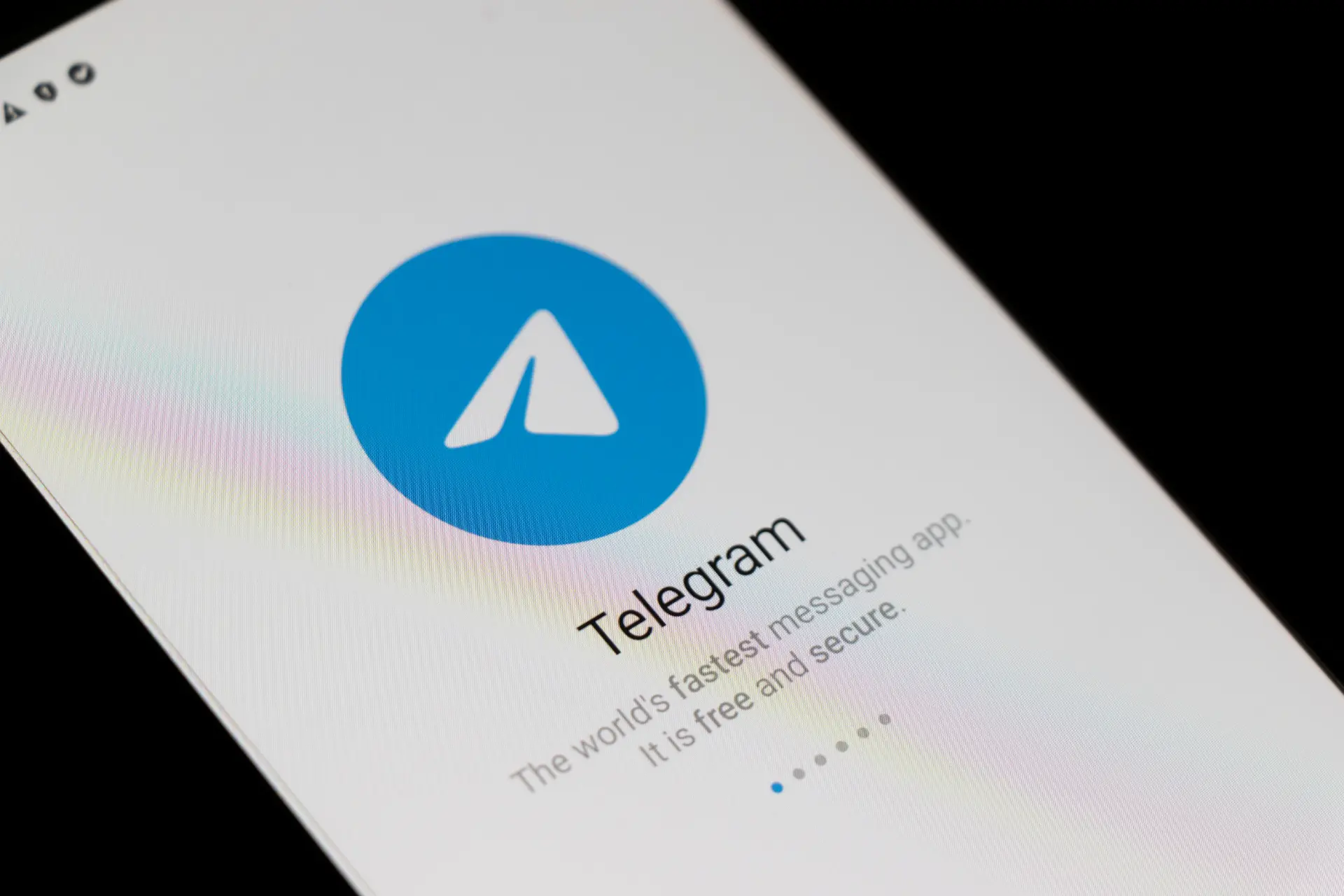Table of contents
- The history of instant messaging: from early systems to global apps
- General features of instant messaging
- Technical aspects of instant messaging
- Examples of popular instant messaging apps
- Security and privacy in instant messaging
- Societal and workplace impact
- The future of instant messaging
Instant messaging has transformed how we communicate. From simple text windows to complex platforms with end-to-end encryption, modern instant messaging apps are essential tools in both private life and business communication.
In this article, we’ll explore the history of instant messaging, its main features, key technical aspects, and provide examples of popular platforms used by millions of monthly users worldwide.
The history of instant messaging: from early systems to global apps
Instant messaging didn’t start with WhatsApp or Telegram. Its origins go back to the 1960s with the development of early text communication systems between computers, such as MIT’s CTSS (Compatible Time-Sharing System).
Back then, being able to exchange messages in real time on the same machine was revolutionary.
In the 1990s, the concept evolved with the spread of the internet and the rise of clients like ICQ (1996), AIM (AOL Instant Messenger), MSN Messenger, and Yahoo! Messenger.
These tools allowed users to send and receive messages in real time, introducing features like online/offline status, emoticons, file transfers, and notification sounds.
The rise of smartphones and mobile devices changed the game completely.
With the launch of WhatsApp in 2009, followed by Telegram, Signal, Viber, Facebook Messenger, and business tools like Microsoft Teams, the new era of instant messaging apps became accessible across all operating systems, anywhere, anytime.
General features of instant messaging
Every instant messaging application includes key characteristics that define the user experience:
- Real-time communication
Messages are delivered instantly, enabling fluid conversations. This means fast and effective interactions in both personal and work contexts. - Multimedia support
Users can share multimedia content such as images, videos, voice notes, documents, and GIFs. - Presence awareness
You can see when others are online, typing, or have read your message — making communication more interactive. - Push notifications
Messages trigger alerts directly on your mobile device, ensuring you stay updated. - Cross-platform integration
Many apps are integrated with social networks or other messaging apps, enhancing interoperability. - Voice and video calls
Modern messaging is not just text-based but includes voice calls and video chats over data.
Technical aspects of instant messaging
Although instant messaging seems simple, it relies on complex technical architectures, secure protocols, and scalable infrastructure.
1. Client-server architecture
All major messaging apps use a client-server model, where the client (your app) communicates with a central server to send and receive messages, synchronize chat history, and more. This allows multi-device support and cloud backups.
2. Communication protocols
Apps use protocols like XMPP, MQTT, WebSocket, or proprietary formats designed for low latency and minimal data usage.
Example
WhatsApp uses a modified version of MQTT, optimized for mobile networks.
3. End-to-end encryption
A core security feature is end-to-end encryption (E2EE), ensuring that only the sender and recipient can read the content. Examples:
- Signal uses the Signal Protocol, considered one of the most secure.
- WhatsApp integrates Signal’s protocol with slight modifications.
- Telegram offers E2EE only in “Secret Chats,” not in default messages.
Pseudocode example:
# Alice sends a message to Bob
plaintext = "Hey, how are you?"
ciphertext = encrypt(plaintext, Bob_public_key)
send_to_server(ciphertext)
# Bob receives it
received = get_from_server()
decrypted = decrypt(received, Bob_private_key)
print(decrypted) # Output: "Hey, how are you?"4. Authentication and phone number
Most apps use your phone number for identification and login. While convenient, this can expose users to SIM swapping attacks. Other platforms rely on email or business accounts for authentication.

Examples of popular instant messaging apps
In the vast ecosystem of instant messaging apps, a few platforms have established themselves as industry leaders due to their number of users, range of features, level of security, integration with business environments, and privacy protection.
Each instant messaging application has its own technical architecture, target audience, and infrastructure that shape how it performs. Let’s explore the most important ones in detail.
With over 2 billion monthly active users, WhatsApp has become synonymous with instant messaging. It is available across all major operating systems, including Android, iOS, and web/desktop.
One of its key strengths is its end-to-end encryption, which became default for all chats in 2016 through the integration of the Signal Protocol. This means that not even WhatsApp (owned by Meta) can read the content of the messages.
From a technical standpoint, WhatsApp uses a customized version of the MQTT protocol (Message Queuing Telemetry Transport), which is lightweight and optimized for mobile devices and low-bandwidth environments.
Notable features include:
- Sending and receiving multimedia content (images, videos, documents, voice notes)
- Voice and video calls
- Group chats and broadcast lists
- Web version through QR code pairing
User identity is tied to a phone number, which simplifies onboarding but increases vulnerability to SIM swap attacks, where attackers hijack a user’s number to gain access to their account.
Telegram
Telegram is known for its speed and flexibility, often seen as a hybrid between a social network and a messaging app. It boasts over 700 million monthly users and includes unique features such as:
- Cloud chat
Messages are saved on remote servers and synchronized across all the user’s devices. - Secret chats
These offer end-to-end encryption, but are not active by default. - Public and private channels
They allow you to broadcast content to an unlimited number of users. - Telegram bots
Automated tools with powerful APIs, often used for malicious purposes (such as distributing malware on the Dark Web).
In terms of security, Telegram has received mixed reviews. While the app uses its proprietary MTProto protocol, which is efficient, some experts criticize the lack of end-to-end encryption by default.
Nonetheless, Telegram remains a favorite among power users, communities, and developers due to its rich multimedia capabilities, scalability, and ability to support millions of users per channel.
Signal
Regarded as the gold standard in privacy and cyber security, Signal is a fully open-source platform run by a non-profit foundation. It’s the go-to app for journalists, whistleblowers, activists, and privacy advocates.
Signal’s core features include:
- Default end-to-end encryption for all communications (texts, voice and video calls, media)
- Minimal metadata storage: Signal doesn’t retain contact lists, timestamps, or IP logs
- Support for multimedia content, disappearing messages, and encrypted groups
Signal is built entirely around the Signal Protocol, which is used not only by Signal itself but also by WhatsApp and Facebook Messenger for secure communication.
One standout feature is the self-destruct timer, which allows messages to automatically delete after a defined period — enhancing protection against message interception or device theft.
Microsoft Teams
A staple in corporate communication, Microsoft Teams is part of the Microsoft 365 suite. It’s more than just a messaging app — it’s a full-fledged collaborative platform with:
- Individual and group chat
- Integrated voice and video calling
- Real-time co-editing of Office documents
- Shared calendars, meetings, and task planners
Security-wise, Teams adheres to enterprise-grade standards, with data encryption in transit and at rest, multi-factor authentication, and centralized device management via Microsoft Endpoint Manager.
Microsoft Teams is also widely used in remote learning, thanks to its compatibility with educational platforms and virtual classroom features.
Slack
Slack is another instant messaging platform for businesses that emphasizes flexibility, integrations, and productivity. Within each Slack “workspace,” teams organize discussions into thematic channels. Key features include:
- Real-time messaging with threads
- Audio and video calls
- Deep integration with hundreds of tools including other messaging apps, CRMs, and project management platforms
- Support for custom bots and workflows
Slack offers a free version with basic features, while enterprise versions provide enhanced security, unlimited integrations, and compliance tools.
Slack ensures secure communication with TLS encryption in transit and AES-256 encryption at rest. It also supports SSO (Single Sign-On) and identity federation for large organizations.
Facebook Messenger
Messenger, linked to the Facebook ecosystem, is one of the most widely used instant messaging apps globally. Unlike WhatsApp, its end-to-end encryption is only available in optional “Secret Conversations.”
Its main strengths include:
- Browser and app access (no installation required for Facebook users)
- Rich media features: GIFs, stickers, polls, voice messages, live locations
- Integration with Facebook accounts rather than phone numbers
- The ability to communicate without knowing the phone number, but only the other user’s Facebook account
From a privacy perspective, Messenger collects substantial user data — including contact lists, message frequency, and device information — for advertising and behavioral profiling.
Other notable instant messaging apps
- Viber
Popular in Eastern Europe and Asia, it supports end-to-end encryption and international VoIP services. - iMessage
Apple-exclusive, encrypted by default for iOS/macOS-to-iOS/macOS communications, tightly integrated with the OS. - Threema
Swiss-made, paid app focused on anonymity. It doesn’t require a phone number or email and emphasizes data minimization.
Security and privacy in instant messaging
Privacy is a major concern in instant messaging. While apps claim to protect user data, security levels vary:
- Signal collects almost no personal data.
- Facebook Messenger collects a vast amount of user information for advertising.
- Open-source apps are transparent but may lack support.
User behavior matters too: enabling two-factor authentication, updating apps, and avoiding public Wi-Fi help protect your data.
Societal and workplace impact
Instant messaging has changed communication at many levels:
- It reduces communication delays and increases responsiveness.
- It facilitates remote work via platforms like Microsoft Teams.
- It influences social behavior, from dating to activism.
But it has downsides too:
- Notification addiction and reduced focus.
- Digital burnout, especially in professional settings.
- Spread of fake news through private message forwarding.
The future of instant messaging
Future developments point to deeper integration, AI-powered features, real-time translation, and voice-first interfaces. Big tech firms are building predictive reply engines, and chatbots will play a greater role in daily communication.
Conclusion
Today, instant messaging is far more than just sending texts — it’s a fully-fledged communication ecosystem that connects people globally.
Understanding the general features, technical structure, security models, and societal impact of instant messaging apps helps us use them wisely and securely.
Questions and answers
- What is instant messaging?
It’s a technology that allows users to exchange messages in real time via the internet. - What are examples of instant messaging apps?
WhatsApp, Telegram, Signal, Facebook Messenger, Microsoft Teams, and Slack. - What does end-to-end encryption mean?
Only the sender and recipient can read the message — not even the server can access it. - What are the privacy risks?
They vary by app and include data collection, metadata analysis, and ad targeting. - Is WhatsApp secure?
Yes, it uses E2EE, but security also depends on user practices (e.g., 2FA, updates). - Can I use messaging apps without a phone number?
Some require a number (like WhatsApp), others use email or work credentials. - Do these apps support multimedia content?
Yes, most allow sharing of photos, videos, audio, and documents. - What’s the difference between personal and corporate use?
Corporate apps have collaboration tools, while personal ones focus on privacy and simplicity. - Are these apps compatible with all devices?
Yes, they work on major operating systems like Android, iOS, and desktop platforms. - Will instant messaging replace email?
It’s replacing email in many fast-paced contexts but won’t fully replace it due to email’s formal nature.
